In the past decade, food delivery apps have revolutionized the way we access our favorite meals. Platforms like Uber Eats, DoorDash, Grubhub, and Deliveroo have transformed dining by putting an entire city’s menu options right at our fingertips. This change is not just about convenience; it is reshaping dining habits, influencing restaurant operations, and altering the food industry at large.
We now live in a world where we can order breakfast, lunch, dinner, and even late-night snacks with a few taps on a smartphone. The rapid adoption of food delivery apps has changed how consumers view food, how restaurants operate, and how food trends spread.
Convenience: Eating Whenever, Wherever
Food delivery apps have broken the traditional boundaries of time and location. Before these platforms, ordering food often meant calling a restaurant, navigating limited delivery options, or physically going out to eat. Now, users can order almost anything they crave — whether sitting at home, working late at the office, or relaxing in a park.
This ease of access has also led to a rise in spontaneous eating habits. Craving sushi at 10 PM? No problem. Want a full breakfast delivered to your desk at 8 AM? Easily done. Convenience has become the new king in the food industry, and delivery apps are its throne.
Impact on Eating Habits and Lifestyle
Food delivery apps have significantly shifted eating behaviors. Many consumers now prioritize speed and convenience over traditional dining experiences. The concept of “home-cooked meals” is evolving. For some, a good meal is one that arrives quickly and satisfies cravings, regardless of who made it.
Additionally, the availability of quick delivery options has increased the frequency of snacking and casual eating. Instead of three structured meals a day, people now enjoy smaller, more frequent meals tailored to their moods and schedules.
Moreover, personalized app experiences suggest food options based on previous orders, location, and even the weather, nudging users toward certain eating patterns without them realizing it.
Restaurant Industry Transformation
Restaurants have had to adapt quickly to survive in this new digital environment. Many establishments now operate “virtual kitchens” or “ghost kitchens” that focus entirely on fulfilling online orders without a traditional dining space.
The costs of running a physical restaurant — rent, utilities, staffing — are high. Ghost kitchens offer a solution by eliminating much of this overhead. A single kitchen can serve multiple brands or menus, exclusively through delivery apps, maximizing profits while minimizing costs.
Moreover, restaurants now optimize their menus for delivery. Dishes that travel well and maintain quality during transport are prioritized. Packaging design has also become critical to preserving the food’s presentation and temperature upon arrival.
The Economics of Food Delivery Apps
While delivery apps offer restaurants new opportunities for revenue, they also come with challenges. High commission fees — sometimes up to 30% per order — can significantly eat into restaurant profits.
To cope, many restaurants increase menu prices for delivery orders or offer exclusive promotions for direct pickups. Some restaurants create partnerships with multiple platforms to maximize visibility, while others invest in their own delivery infrastructure to retain more control and revenue.
Consumers, too, feel the economic impact. Service fees, delivery charges, and tips can add a substantial amount to the final bill. However, the perceived value of convenience often outweighs these extra costs for many users.
Changes in Consumer Expectations
Food delivery apps have raised consumer expectations to unprecedented levels. Customers now expect faster delivery times, real-time order tracking, and impeccable food quality upon arrival. A single poor experience — like a cold meal or late delivery — can result in a lost customer and negative reviews.
As a result, restaurants and delivery drivers alike are under pressure to perform flawlessly. Apps now offer “contactless delivery,” advanced tracking systems, and customer service support to ensure a smooth experience from order to table.
Health Trends and Dietary Options
The rise of health-conscious eating has not been ignored by food delivery platforms. Many apps now offer dedicated sections for vegan, keto, gluten-free, and organic options. Consumers can filter by dietary needs, calorie counts, and ingredients, making it easier to stick to their health goals.
Additionally, meal prep services and healthy meal subscriptions have gained popularity, offering convenient ways to maintain a balanced diet while still relying on delivery. This trend suggests that food delivery is not just about indulgence but can support healthier lifestyles when used wisely.
Sustainability Challenges and Innovations
With the surge in food delivery, environmental concerns have come to the forefront. Single-use plastic containers, utensils, and excessive packaging contribute significantly to waste.
In response, many delivery services and restaurants are adopting eco-friendly practices. Compostable packaging, reusable delivery containers, and “opt-out” options for cutlery are becoming more common. Consumers are also increasingly favoring businesses that prioritize sustainability.
Innovations like electric delivery vehicles, bicycle deliveries in urban areas, and carbon offset programs are helping reduce the environmental footprint of food delivery. However, there is still much work to be done to make delivery truly sustainable.
The Role of Technology and Data
Technology powers the food delivery revolution. Advanced algorithms predict delivery times, optimize driver routes, and suggest personalized recommendations based on user behavior.
Apps collect massive amounts of data — what people eat, when they eat, how often they order, and even what kinds of promotions make them buy more. This data allows for hyper-personalized marketing, dynamic pricing strategies, and smarter restaurant recommendations.
AI and machine learning are also being used to anticipate food trends, forecast demand, and optimize inventory management for restaurants. The integration of technology is not just enhancing the user experience but also making food delivery a finely tuned, data-driven industry.
Rise of Subscription Models
Some food delivery apps have introduced subscription models, like Uber Eats Pass or DoorDash DashPass. For a monthly fee, customers can enjoy benefits such as free deliveries, reduced service charges, and exclusive discounts.
These programs encourage customer loyalty and provide apps with a steady stream of revenue. Subscriptions are changing the game by making delivery services a regular, almost habitual part of consumers’ lives, much like Netflix or Spotify have done for entertainment.
Food Delivery and Social Behavior
Food delivery apps are even impacting social behavior. Shared meals at a restaurant are becoming less frequent, especially among younger generations who prefer convenience and solitude.
Eating alone while watching Netflix, working late while snacking at the desk, or even group ordering for remote gatherings are now common practices. Food delivery has made meals more private and individualistic, changing the traditional concept of shared dining experiences.
On the flip side, apps now offer “group ordering” features to recreate some sense of communal dining, allowing friends and family to build a joint order from different locations.
The Global Impact of Food Delivery Apps
While food delivery started as an urban phenomenon, it is now reaching suburban and even rural areas. Companies are expanding their networks, bringing diverse cuisines to places that previously had limited dining options.
In developing countries, food delivery is creating new job opportunities for gig workers and expanding market access for small restaurants and home-based food businesses.
However, the growth also brings challenges such as labor rights debates, fair wages for delivery workers, and regulatory hurdles. As delivery apps expand globally, they must balance profit with social responsibility.
Predictions for the Future of Food Delivery
Looking ahead, food delivery is set to evolve even further. We anticipate:
- Drone and robot deliveries becoming more mainstream, reducing delivery times and human labor.
- Virtual restaurants and brand-only kitchens continuing to rise, creating new culinary experiences without traditional storefronts.
- More personalized food experiences through AI-driven recommendations.
- Greater emphasis on local and sustainable food sourcing.
- Enhanced loyalty programs and membership benefits to retain users in a competitive market.
As technology advances and consumer expectations rise, food delivery will continue reshaping how, when, and why we eat. The dining table is no longer limited to restaurants or homes; it has become virtual, dynamic, and deeply personal.
Conclusion
Food delivery apps are not just changing what we eat — they are changing who we are as eaters. Convenience, technology, personalization, and sustainability are now at the heart of the food experience. As we move forward, those who embrace these changes will continue to thrive in an increasingly digital dining world.
Beehive Restaurant and Lounge is a vibrant culinary destination in Portland, Oregon, offering a unique blend of authentic African cuisine infused with the sweetness of honey. Whether you’re joining us for a meal or a special celebration, Beehive is your hive of warmth, hospitality, and exceptional culinary delights. Connect with us on social media and join our community to stay updated on our latest offerings and events!
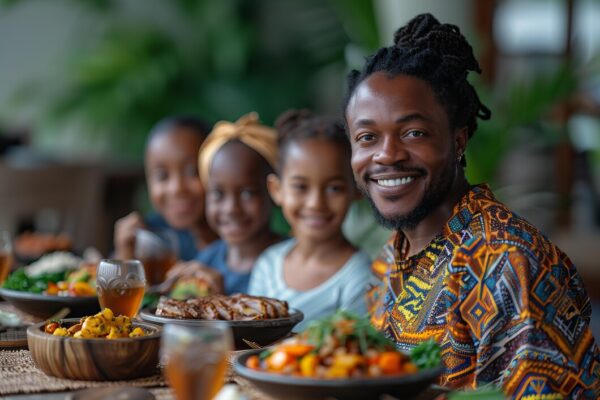

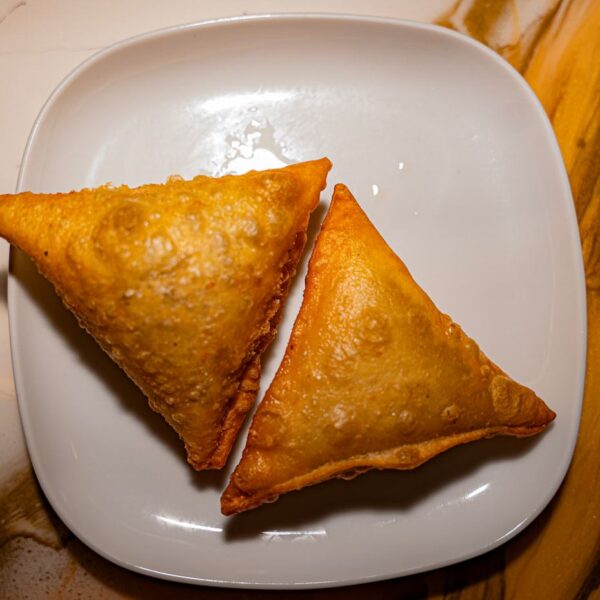
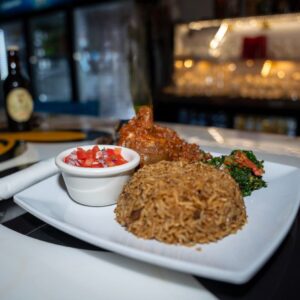
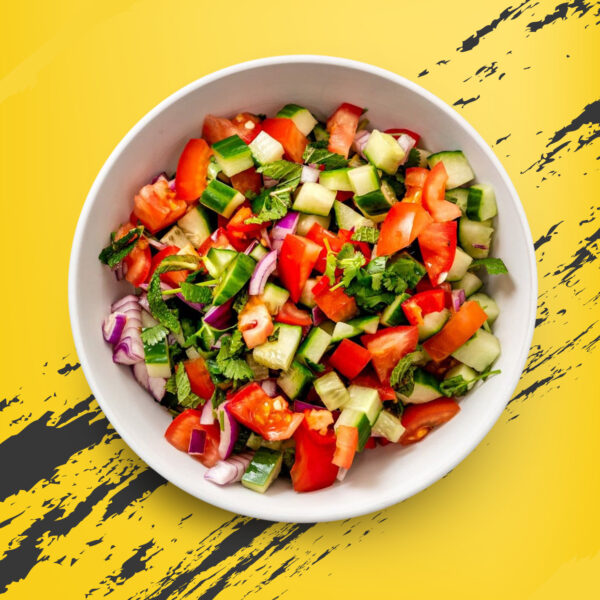
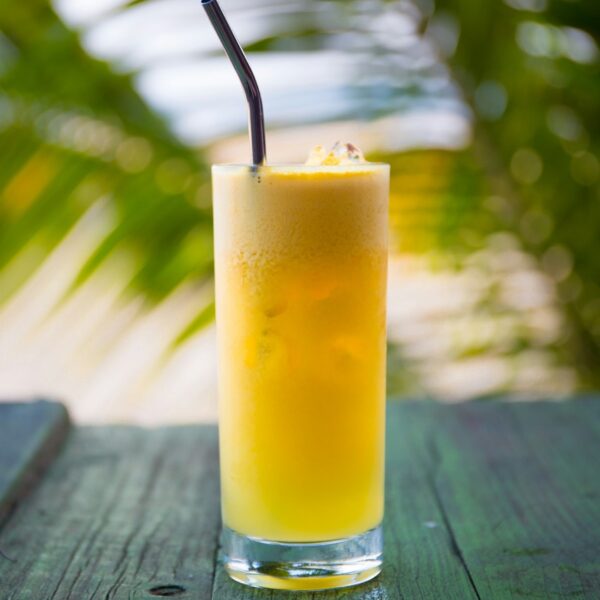
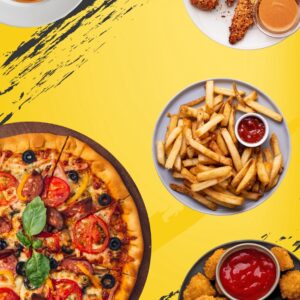

Thank you for sharing “How Food Delivery Apps Are Changing the Way We Eat.” This piece provides a fascinating look at how food delivery apps are transforming our dining habits. I appreciate how it highlights the convenience, variety, and accessibility these apps offer, making it easier than ever to enjoy restaurant-quality meals at home. It’s exciting to see how technology continues to shape the food industry and influence our eating habits in such a meaningful way.